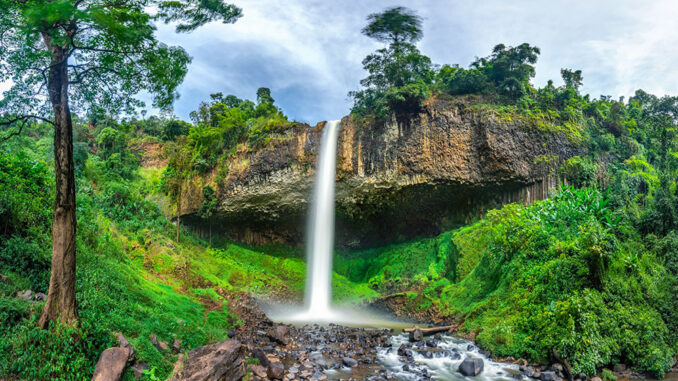
Đắk Nông (Dak Nong) is a province in the Central Highlands of Vietnam, known for its stunning natural beauty, rich culture, and delicious coffee. It is home to a variety of ethnic minority groups, including the Ede, Mnong, and K’Ho. Dak Nong is also a major agricultural producer, with coffee, rubber, and cashews being among its most important crops.
Location
Dak Nong is located in the heart of the Central Highlands, bordered by the provinces of Dak Lak, Gia Lai, Lam Dong, and Binh Phuoc. The provincial capital is Gia Nghia, which is located about 500 kilometers north of Ho Chi Minh City.
Transportation
The best way to get to Dak Nong is by plane. There are daily flights from Hanoi and Ho Chi Minh City to Buon Ma Thuot Airport in Dak Lak, which is about a 2-hour drive from Gia Nghia. Alternatively, you can take a bus or train from Ho Chi Minh City. The bus journey takes about 8 hours, while the train journey takes about 10 hours.
Weather
Dak Nong has a tropical monsoon climate with two distinct seasons: the rainy season (from May to October) and the dry season (from November to April). The best time to visit Dak Nong is during the dry season, when the weather is mild and sunny.
Top destinations to explore
1. Hồ Ea Snô (Ea Sno Lake)
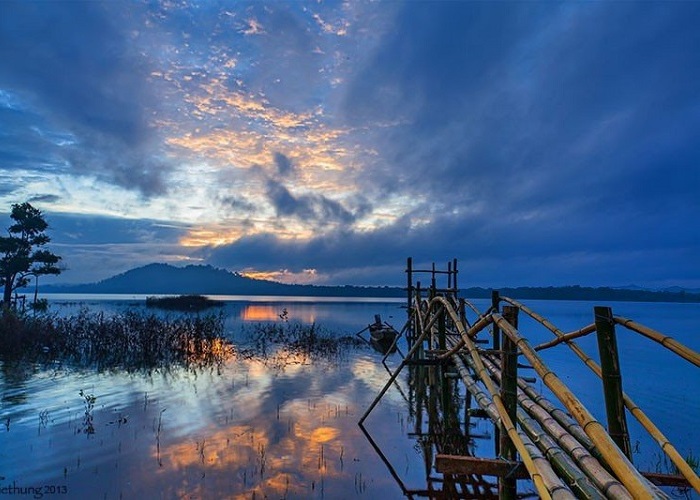
Ea Sno Lake’s tranquil beauty is a testament to nature’s artistry. The lake’s crystal-clear waters, surrounded by towering trees and verdant hills, create a picturesque panorama that soothes the soul. Whether you’re seeking a moment of quiet reflection or an opportunity to immerse yourself in the embrace of nature, Ea Sno Lake provides the perfect setting for reconnecting with the natural world.
Ea Sno Lake is not only a haven for nature lovers and adventure enthusiasts but also a gateway to the rich cultural heritage of the Ede people, the indigenous inhabitants of the region. Visit nearby villages to witness their traditional way of life, immerse yourself in their vibrant festivals, and savor the flavors of their authentic cuisine.
2. Hồ Tà Đùng (Ta Dung Lake)
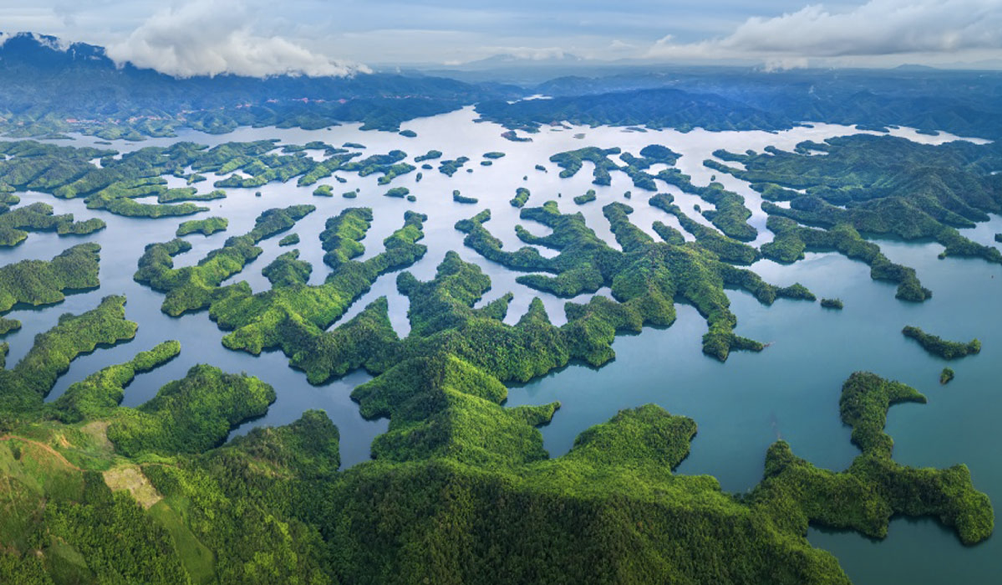
In the heart of Vietnam’s Central Highlands, nestled amidst the lush greenery of Dak Nong Province, lies a hidden gem: Ta Dung Lake. This mesmerizing lake, with its emerald waters reflecting the surrounding mountains and forests, offers a haven for nature lovers and adventure seekers alike.
Ta Dung Lake’s allure lies in its pristine natural beauty. The lake’s surface, like a mirror, reflects the towering trees that line its shores, creating a mesmerizing spectacle. The surrounding mountains, adorned with lush vegetation, add to the lake’s grandeur, providing a backdrop of breathtaking beauty.
3. Hang Chu Bluk (Chu Bluk Cave)
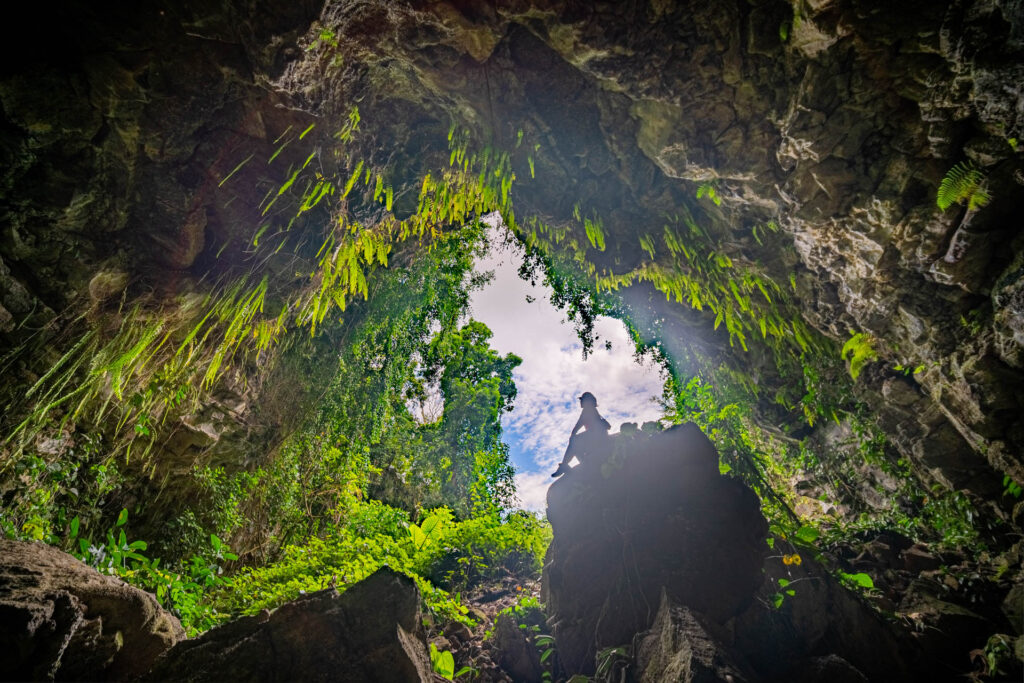
This awe-inspiring cave system, etched by ancient volcanic forces, is the longest lava tube in Southeast Asia, stretching for an incredible 5,000 meters. Prepare to embark on a subterranean adventure as we delve into the depths of Chu Bluk Cave, unraveling its secrets and marveling at its otherworldly beauty.
Chu Bluk Cave is a testament to the immense power of nature. Once molten lava flowed through these caverns, shaping the cave’s unique features over millennia. Today, these remnants of volcanic activity stand as silent sentinels, their intricate formations and smooth surfaces whispering tales of the earth’s fiery past.
4. Buôn Jun (Jun Village)
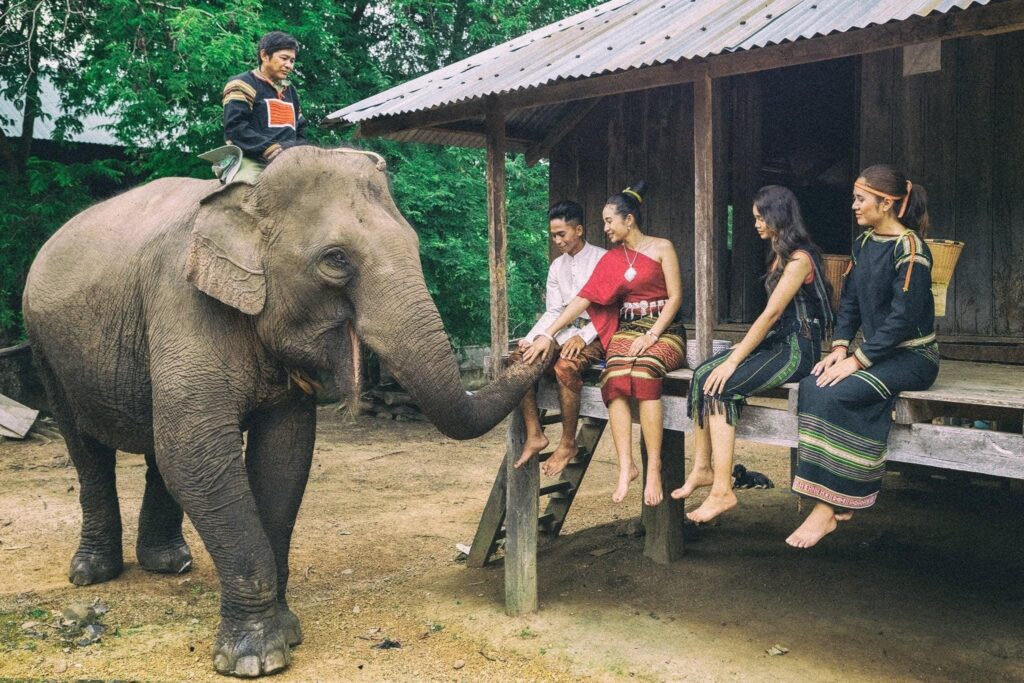
Stepping into Jun Village is like stepping back in time. Traditional stilt houses, with their thatched roofs and intricate carvings, line the village streets, creating an atmosphere of timeless charm. The Ede people, known for their warm hospitality and colorful traditional attire, welcome visitors with open arms, eager to share their culture and way of life.
The pace of life in Jun Village is slow and serene, a stark contrast to the hustle and bustle of modern cities. As you wander through the village, you’ll be greeted by the gentle sounds of nature – the chirping of birds, the rustling of leaves, and the murmur of flowing streams. The village’s tranquil atmosphere provides a welcome respite from the stresses of everyday life.
Food
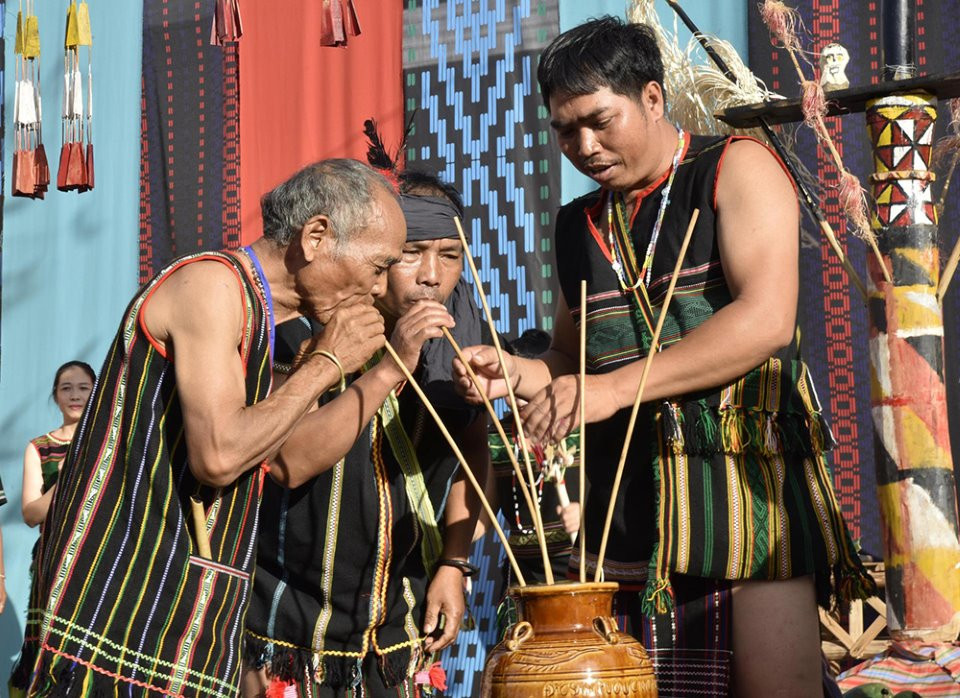
Rượu Cần M’Nông (M’Nong Can Wine): The M’Nong consider C’n wine (Yăng n’ranh in M’Nong) to be a necessary libation at celebrations and festivals. The M’Nong believe that Can wine is the beverage of the Yàng (deities). This is a drink for the entire family, regardless of age. Wild plants, roots, barks, or rice can all be used to make Can wine. Black rice (np than) and millet cultivated on basalt red soil are the two most popular ingredients for Can Wine.
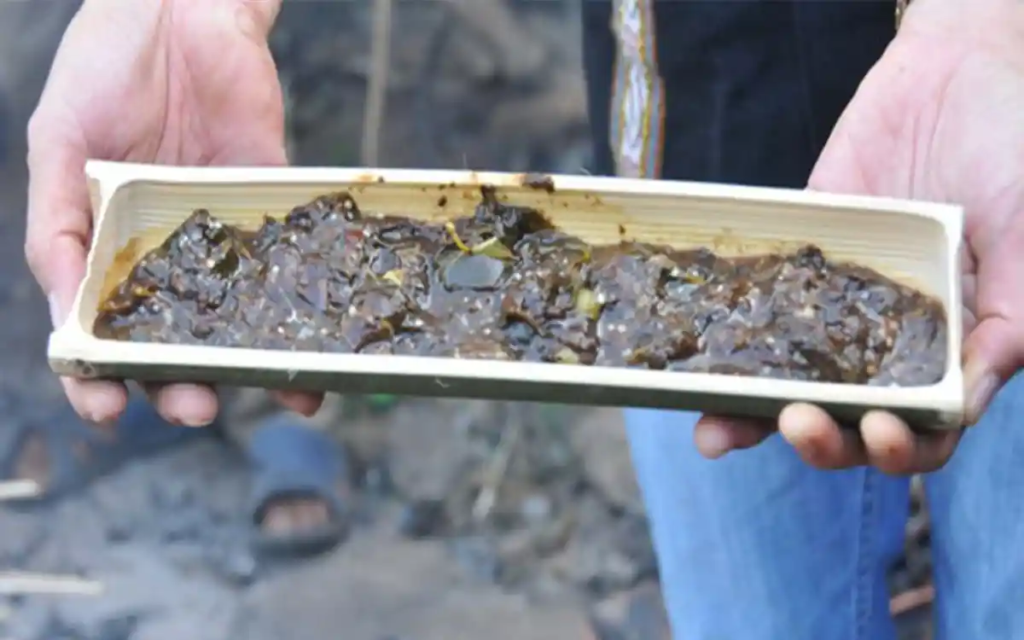
Canh Thụt (Thut Soup): Paddy oats (Rau Nhíp in Vietnamese), bamboo shoots, protein (meat or fish), white ants, and mole crickets are the key components of that soup. These components are placed in ‘Lồ Ô’, or fresh bamboo tube, which has a sealed end. To ensure that the soup inside is cooked evenly, the cooking tube is rotated while being slanted to a 30 degree angle above the heat.
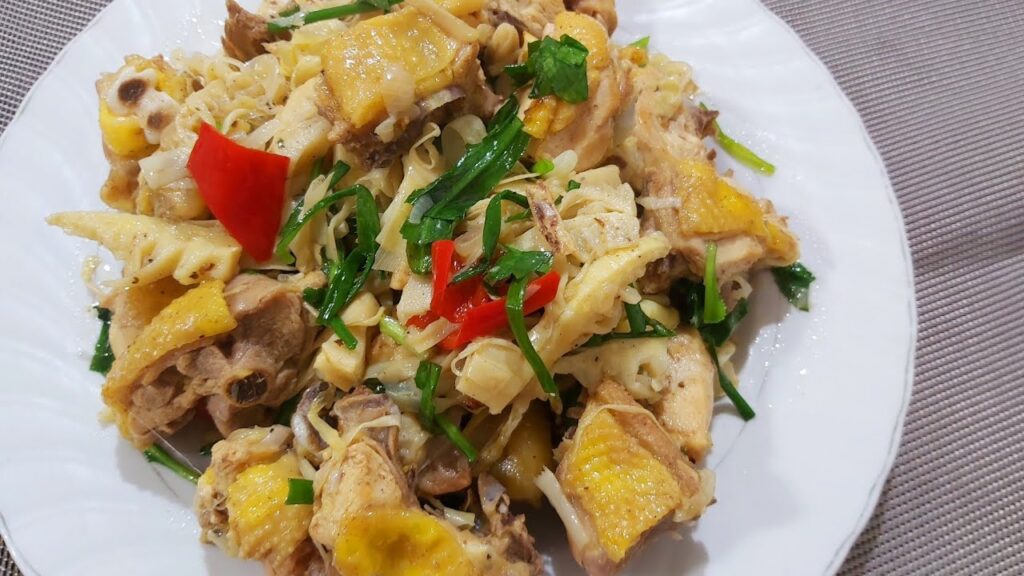
Gà xào măng chua (Chicken sauteed with sour bamboo shoots): After it has been harvested, the cook peels the bamboo shoot’s outer skin, cuts it into thin slices, and soaks it in a jar of saltwater. Then the cook will close the jar to prevent air from entering and turning the bamboo stalk black. The latter can keep longer and taste crunchier when fermented. The fermented bamboo shoots made by the Ma can be kept for one to two years without going bad.
Accommodation
– Dak Nong Hotel: This 4-star hotel is located in the heart of Gia Nghia, Dak Nong.
– Dak Nong Resort: This resort is located on the shores of West Lake in Dak Nong.
– Dak Nong Lodge: This lodge is located in the Nam Nung Nature Reserve and offers a unique experience of staying in the heart of the jungle.
– TopView Ta Dung Homestay: This homestay is located on the shores of Ta Dung Lake and offers a variety of bungalow-type accommodations.
Dak Nong is a beautiful and diverse province with something to offer everyone. Whether you are interested in nature, culture, or food, you are sure to find something to love in Dak Nong. If you plan to visit this beautiful place, don’t forget to apply for a Visa. With the easy and fast Visa procedures, you can travel to Vietnam at any time!